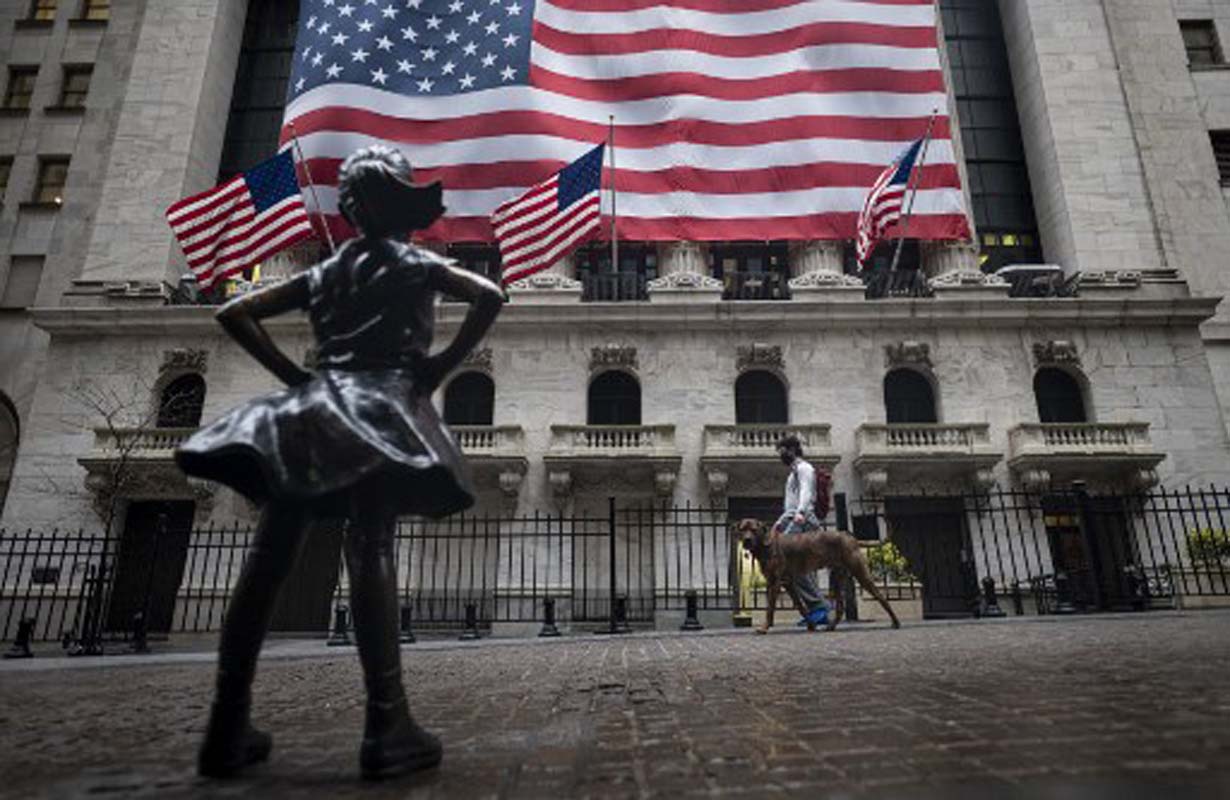Trump’s second term brings global stock market tension
(MENAFN) Since the start of U.S. President Donald Trump’s second term, global stock markets have faced significant volatility, largely driven by his aggressive tariff policies. The administration's frequently shifting statements and decisions have created uncertainty, making it difficult for markets to find stability.
Trump has pursued a broad tariff agenda, targeting nearly all trading partners at some point, though he has also signed agreements to reduce or suspend certain tariffs. Countries like Canada, Mexico, China, and members of the European Union have been at the center of these negotiations, while others also sought exemptions or reductions.
While Trump temporarily paused or reduced tariffs for select nations, tensions continued to rise. In March, Canada and the EU responded with billions of dollars in retaliatory tariffs on American products, prompting the White House to hike tariffs on specific European goods in response.
In April, the president introduced a sweeping 25% tariff on all automotive imports. The following month, the U.S. signed its first trade deal of the term with the United Kingdom and postponed tariff enforcement for the EU. However, U.S.-China trade tensions escalated further, with both countries imposing steep new tariffs. A deal was finally reached in June, with Trump claiming the U.S. secured a total of 55% in tariffs, compared to China’s 10%.
Despite these developments, new friction emerged. On Monday, Trump announced that the U.S. will impose 30% tariffs on goods from the EU and Mexico starting August 1. The move risks derailing ongoing U.S.-EU trade talks, which aimed to finalize a broad agreement before the end of the month.
Trump has pursued a broad tariff agenda, targeting nearly all trading partners at some point, though he has also signed agreements to reduce or suspend certain tariffs. Countries like Canada, Mexico, China, and members of the European Union have been at the center of these negotiations, while others also sought exemptions or reductions.
While Trump temporarily paused or reduced tariffs for select nations, tensions continued to rise. In March, Canada and the EU responded with billions of dollars in retaliatory tariffs on American products, prompting the White House to hike tariffs on specific European goods in response.
In April, the president introduced a sweeping 25% tariff on all automotive imports. The following month, the U.S. signed its first trade deal of the term with the United Kingdom and postponed tariff enforcement for the EU. However, U.S.-China trade tensions escalated further, with both countries imposing steep new tariffs. A deal was finally reached in June, with Trump claiming the U.S. secured a total of 55% in tariffs, compared to China’s 10%.
Despite these developments, new friction emerged. On Monday, Trump announced that the U.S. will impose 30% tariffs on goods from the EU and Mexico starting August 1. The move risks derailing ongoing U.S.-EU trade talks, which aimed to finalize a broad agreement before the end of the month.

Legal Disclaimer:
MENAFN provides the
information “as is” without warranty of any kind. We do not accept
any responsibility or liability for the accuracy, content, images,
videos, licenses, completeness, legality, or reliability of the information
contained in this article. If you have any complaints or copyright
issues related to this article, kindly contact the provider above.
Most popular stories
Market Research

- Wallpaper Market Size, Industry Overview, Latest Insights And Forecast 2025-2033
- GCL Subsidiary, 2Game Digital, Partners With Kucoin Pay To Accept Secure Crypto Payments In Real Time
- North America Perms And Relaxants Market Size, Share And Growth Report 2025-2033
- Chaingpt Pad Unveils Buzz System: Turning Social Hype Into Token Allocation
- Invromining Expands Multi-Asset Mining Platform, Launches New AI-Driven Infrastructure
- Global Mobile Wallet Market Size Projected To Reach USD 701.0 Billion By 2033 CAGR Of 15.09%.





















Comments
No comment